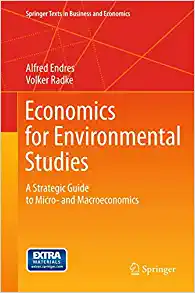Question
A risk-averse agent with utility () over lifetime income considers whether to live honestly or live a life of crime. If he lives honestly, the

A risk-averse agent with utility () over lifetime income considers whether to live honestly or live a life of crime. If he lives honestly, the agent earns a lifetime income of with certainty. As a criminal, the agent earns a lifetime income of () if he is caught and prosecuted by the justice system, which depends negatively on , the associated prison sentence he serves in years; otherwise, as a criminal he earns a lifetime income of (0) > () for any > 0. The probability of a criminal being caught and prosecuted is (), which depends negatively on because the justice system operates under a fixed budget (i.e. more resources dedicated to imprisoning criminals leaves fewer resources available for catching and prosecuting criminals). The gamble presented by criminal life is associated with an expected lifetime income of (), a certainty equivalent of () and an expected utility function of [()]. The government seeks to determine whether harsher sentences (i.e. an increase in ) can be expected to reduce crime, given that would necessarily result in a lower chance of criminals being caught and prosecuted (i.e. a decrease in ) due to the fixed budget for the justice system. The answer will suggest whether the government should direct more resources to prisons or to police stations and courthouses.

Step by Step Solution
There are 3 Steps involved in it
Step: 1

Get Instant Access to Expert-Tailored Solutions
See step-by-step solutions with expert insights and AI powered tools for academic success
Step: 2

Step: 3

Ace Your Homework with AI
Get the answers you need in no time with our AI-driven, step-by-step assistance
Get Started


